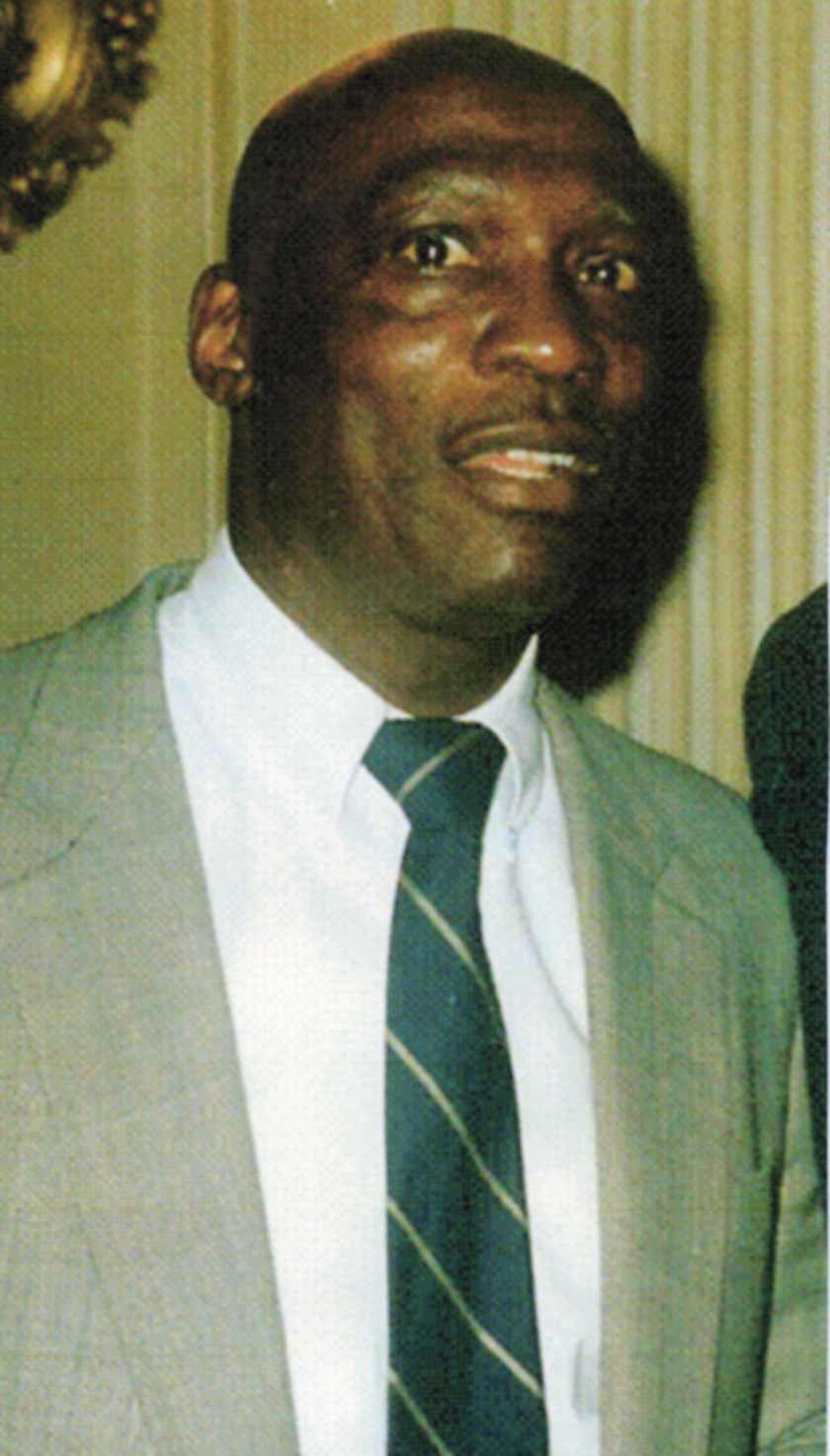He stood before the bulldozers that erased the lower Hill District with Byrd Brown and Jimmy Joe Robinson, saying, “no further.” He led the marches and protest that culminated in more than 1,500 Blacks gaining union jobs they had been denied for decades. And along the way he met and befriended people of all political stripes, from Yasser Arafat and Jimmy Carter to Dick Thornburgh and George H.W. Bush. And always his challenge was the same—help me help my people.
| NATE SMITH |
Though Nate Smith’s contributions to labor rights for African-Americans are well known in Pittsburgh, national awareness of his work has not been as broad.
That is about to change.
Barbara Andrews, director of education and interpretation for the National Civil Rights Museum in Memphis, Tenn., told the New Pittsburgh Courier that a display featuring Smith will be completed and open for viewing following renovations later this year.
“Every city has its own leaders, but it’s hard for us to know them all and tell their stories,” she said. “This renovation gives us a window to collect material. As a result, we will be incorporating Nate Smith into our display on labor.”
Smith, who had a habit of doing what he wanted to, despite any obstacles, joined the U.S. Navy at age 12—because he liked the song “Anchors Aweigh”—and faced such rampant discrimination he literally fought for his survival. As such, when the Navy discharged him after learning his real age, he emerged from the service as a skilled boxer and pursued a career in the “sweet science.” He was able to parlay that skill into a career in the construction trades.
“Nate knew he could only do boxing for so long, so he decided he was going into the construction unions,” said his longtime confidant Ed Meeks. “And that’s where the real fighting started.”
In 1951, booked on the undercard of the sold-out Ezzard Charles, Jersey Joe Walcott heavyweight championship, he offered some union officials tickets in exchange for a union card. Thinking Smith wouldn’t last, they agreed. He lasted 55 years.
And when the construction boom of the late 1960s started, and Blacks weren’t working on the U.S. Steel Building or Three Rivers Stadium, Smith was there, marching and protesting. Following what became known as the “Black Monday March” in 1969, President Richard Nixon sent Labor Secretary Bill Usery to Pittsburgh to mediate disputes among the unions, the Black construction coalition, and politicians.
Out of this came the Pittsburgh Plan to integrate trade unions, which was copied across the country. Smith’s Operation Dig, served as the construction trades training and employment vehicle for the plan. For his achievements in civil and labor rights, Smith was featured in Jet and Ebony magazines, as well as the New York Times, The Washington Post and the Wall Street Journal.
Ronald Garland, who recently ran for Mayor of Wilkinsburg, recalled Smith as a giant in the battle for civil and labor rights.
“When I came back from Viet Nam, Nate helped me get a job as a city firefighter and later got me into the carpenter’s union,” he said. “He was my role model. When he jumped into that hole and shut down work on the US Steel building site, he inspired me and countless Black men around the country.”
Smith also inspired other labor activists, including former NAACP Penn Hills President Oliver Montgomery, who was instrumental in integrating the United Steel Workers.
After moving to Pittsburgh to join the union’s research department as an associate and financial analyst in 1969, he almost cost himself the position by intentionally missing his first interview—to protest against the union’s largest contractor.
“The first day I got here, I postponed my interview to go march with Nate Smith who was protesting the lack of Black construction workers on the U.S. Steel Building project,” he said. “I was ready to go back to Youngstown after that, but the union told me to stick around.”
Through the 1990s and into the 2000s, Smith and Meeks translated his early labor activism into a classroom-oriented setting promoting construction trades called Renaissance III 2000, Inc. But slowly, dementia began robbing him of his memory. Now 81, Smith is confined to a nursing facility.
“But he’s a fighter,” said Meeks. “We’re just trying to acknowledge his achievements here and on a national level.”
One way he hopes to do that is to raise $120,000 to secure the ownership rights from the BBC, which financed a biographical film on Smith produced at Robert Morris University. Working with diversity consultant Scotti Mulert, Meeks hopes to use the film as a funding vehicle to keep Renaissance III going, and as an educational tool. Andrews said she would like to include the film, or portions of it, in the museum’s exhibition.
(Send comments to cmorrow@newpittsburghcourier.com.)
